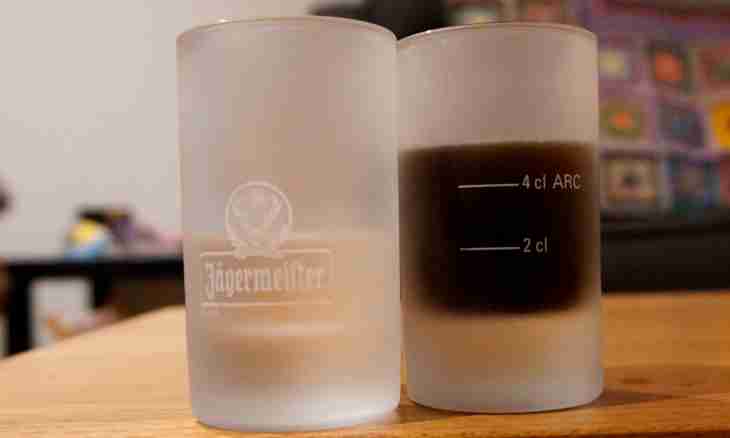The decimeter is a metric SI unit which is used for measurement of length, so, for accounting of indications in a linear system. The liter – it unit of volume, therefore, is used in a cubic system.
Instruction
1. The liter is not SI unit, in it its main difference from cubic decimeter. Often use the concept "litre" of life. In fact, the liter is equal to cubic decimeter. Both units – units of volume, therefore, show the capacity of substance or a body: 1 l = 1 dm³ = 0.001 m³ = 1000 cm³. It means that for expression of one unit in another you do not need the special reference book or a formula.
2. For example, you need to express the capacity of a 2-liter jar in cubic decimeters. The decision is very simple. Two liters correspond to two decimeters cubed, i.e. 2 l = 2 dm³. Answer: two cubic decimeters. By a similar way indications from cubic decimeters are transferred to liters.
3. Remember that the liter is not unit of weight and not unit of mass as sometimes it is mistakenly assumed. Yes, under normal conditions the mass of water of 1 dm³ = to 1 l is approximately equal to one kilogram (if to be exact – 988.2 grams). But if you take one liter of oxygen, then under normal conditions, therefore, in the form of gas, the mass of cubic decimeter of oxygen cannot be equal to kilogram. The oxygen liter rural lands is slightly more than a gram, more precisely – 1.29 grams. The mass of any given body of one liter depends on density, and is calculated by a formula: m=pV where m is a weight, p is density, V – volume.
4. The ratio of meter and liter was established in 1964. However if to compare liter in modern understanding of its value to a sample of liter of 1901, the difference between them will make 0.000028 liters.
